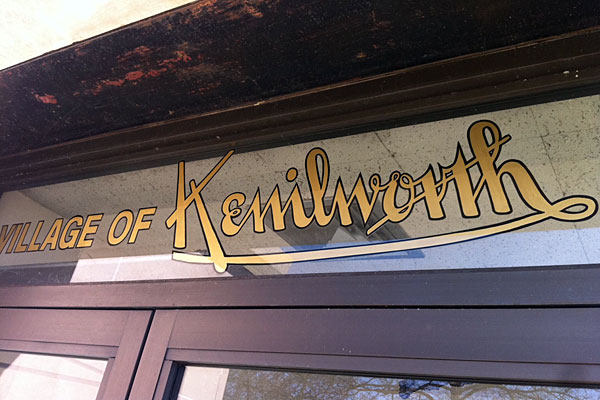
For the April issue of Chicago, which hits newsstands this week, we created charts that show how home values are holding up in the city’s neighborhoods and suburbs. For the most part, they’re looking wan, at best—except for Kenilworth.
From 2006—for many communities, the peak of the housing boom—through 2011, Kenilworth’s median home sale price rose 42.8 percent. That would have been impressive in the five bullish years before the downturn, but for the current bleak real-estate market, it’s remarkable.
Compiled from data provided by Midwest Real Estate Data, our charts show that there’s no other suburb whose home values are up from 2006—and no city neighborhood where the price of single-family homes rose during that time period. In that span, condo prices did rise 4.09 percent in the Loop and 3.15 percent in Lake View. (Just missing a spot on the plus side: North Center, where single-family homes were down 0.79 percent, and Lincoln Park, where condos were down 0.81 percent.)
Why has Kenilworth fared so well? Yes, it’s a high-income locale, with a median household income of $250,000 in 2009. (Chicago’s was about $48,000.) But other high-income areas—such as Winnetka, Hinsdale, and the Near North neighborhood in Chicago—haven’t performed the way Kenilworth has.
Louise Eichelberger, a longtime North Shore real-estate agent now with Prudential Rubloff, suggests that Kenilworth’s smallness—it has a population of about 2,400—helps in a specific way: The town has only a short lakefront strip “where you get your forever home, your big house on the lake,” she says. “That’s the part [of the market] that is suffering the most. Winnetka is bigger and has more of those top-tier houses, so it keeps their median down.” In addition, Kenilworth has barely been hit by the foreclosures and short sales that have dragged down prices in some other affluent areas.
Eichelberger and April Callahan, a Hudson Co. agent, say that the town’s compact size helps in other ways, too. “The small-town feeling attracts buyers from out of town because it’s easier to get settled and get to know people,” Callahan says. Last year, Crain’s reported that several top Continental Airlines executives moved to the area after the merger with United; Callahan says that she’s had “a couple of buyers come to Kenilworth from overseas.” A big component of the small-town feeling comes from the well-performing Joseph Sears School, which all Kenilworth public-school students attend from junior kindergarten until eighth grade.
Of course, Kenilworth is not only for the very affluent. Of the 60 homes listed for sale as of Tuesday, a baker’s dozen were priced at $900,000 or less. The least expensive was this three-bedroom split-level with an asking price of $499,000.
I have reported on a few Kenilworth homes that were sold at a discount over the past few years. There’s this one that went to a former Continental exec, this west-side mansion, and this seven-bedroom residence with an attached greenhouse. But none of them suffered the jaw-dropping losses seen elsewhere, such as with the Lake Forest chateau I featured on Monday.



